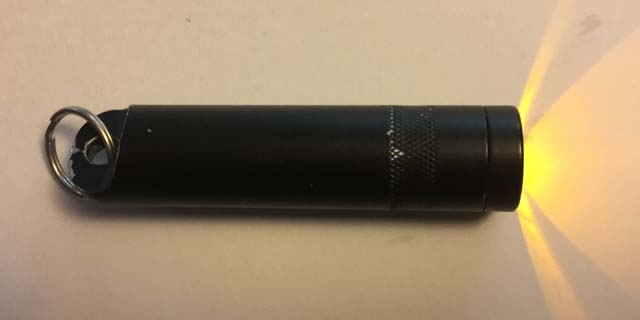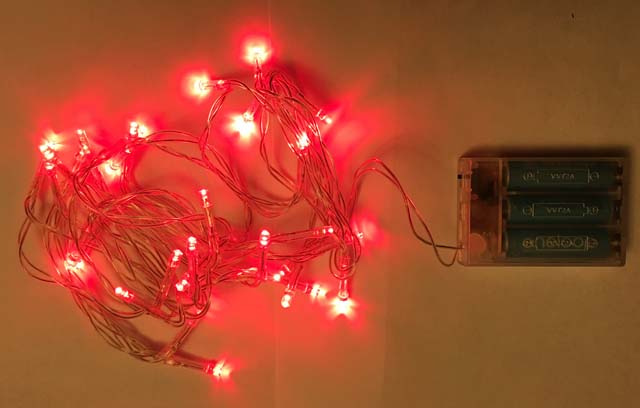- Images
- Blog
- Tools
- Questar
- The Questar telescope
- Questar resource links
- Search for Questar info
- 172mm Focal Reducer
- Afocal adapter for point and shoot camera
- Camera adapter lengths
- Camera adapter threading
- Camera connection
- Camera focusing
- Custom counterweight
- Drift Alignment Joy
- Finder Eyepiece Compatibility
- The Questar Moon 1981
- Questar Powerguide II Battery Life
- Questar Zone, How to Service Videos
- Red Dot finder mount for Questar
- Questar Viewing Table
- Wedge mounts
- White light solar filters comparison
- How to
- Get started in astronomy
- Astro RaspberryPi Camera and kin, the ASIAir and StellarMate
- Blind Smart-phone Equatorial Wedge or GEM Polar Alignment
- Camera phone adapter
- Celestron FirstScope with equatorial tripod mount
- Coat Pocket Astrophotography
- Day-lapse Images of Earthshine on the Crescent Moon
- Dobsonian Carrying Case
- DSO Astrophotography without a Telescope
- DSO imaging without a star tracker
- Estimating image resolution
- Lunar Eclipse Photography
- Moon photography - a dozen ways to shoot the Moon
- Meteor shower photography & planning
- Matching image sensor size to telescope resolution
- Narrow band imaging with color cameras
- Planetary Image Workflow
- Print and Display Astrophotography
- Observing
- Events
- More
- About
- Contact
Red lights for night vision
"Get a dim red flashlight" is standard advice to preserve your night vision for astronomers. These can be made using red cellophane or nail polish from a standard bulb. Modern LEDs provide a much more efficient source of vision preserving light that can last many nights on a single battery. Unlike filtered white lights, LEDs do not give off any light other than their specified color.
Preserving your night vision requires using the minimum amount of light needed for a given task or situation. Setting up, reading a star map, sketching, and packing up and making sure nothing is left behind all require different levels of light. Variable intensity lights can be found with continuously variable or discrete light levels One of these may meet all of your needs; or you may want a couple of lights, each best for one task, and for redundancy in case of failure or loss.
Is amber the new red?
Robert Dick, a Fellow of the Royal Astronomical Society of Canada, wrote an article titled "Is Red Light Really Best" for the June 2016 issue of Sky & Telescope where he points out that amber light has advantages for night vision over red light. His article on the same topic LEDs in Astronomy is available online. You may be able to use a dimmer amber light and recover night vision more quickly than with a red light. Red LEDs are more common in flashlights than amber, so they may often be your only easy choice for saving night vision.
Flashlights
Inexpensive LED flashlights use 3 AAA batteries or a 9V to get enough voltage to operate the LED. Some of these cheap lights with red LEDs are sold at premium prices with "astronomy" in their name. Fortunately hunters and others who work at night need lights that preserve night vision, so the choice in features and quality is much wider.
My favorite flashlight, uses a single AA battery, the CMG (later Gerber) Infinity task light. This flashlight incorporates a solid state voltage converter along with the LED. It is housed in a machined aluminum body with a high reliability Maglight style twist switch. The result is a very efficient light that stays bright until the last bit of energy is pulled from the battery. A single spare AA battery will get you going again quickly. I've had two of these, one amber and one red, that are still going strong after about 10 years. The Infinity task light uses first generation LEDs and only has one relatively dim light level.

Unfortunately, it seems that Gerber has stopped making the red and amber LED versions of the Infinity. There are many other choices for red led flashlights. Most are made in the far east and what is available changes frequently. The image below shows the Gerber red LED version of the infinity, a commonly available dim red LED light, and a higher quality but brighter red LED light.

The Gerber Infinity on the left appears to be a red LED version of the CMG Infinity above. It uses a single AA battery and a very reliable twist switch. They occasionally show up used on auction sites.
The middle light is a very inexpensive item that I've seen in several different discount stores. The red LED version here uses four red LEDs. The light is a bit dimmer than the Gerber and very uneven. It requires 3 AAA batteries that fit into a fragile plastic carrier. The switch is a push button in the end cap and not very reliable.
The light on right can be found on eBay and Amazon, by Wayllshine uses a single AA battery. It has two levels of red light plus a flashing setting. It uses a machined aluminum body with a rubber press switch at the rear. It is inexpensive and with light levels much brighter than my other red flashlights. I use it for setup and cleanup. The switch isn't very reliable. On the low setting it is more than bright enough for old eyes to read fine print on a dark background star map. You will need to block most of the light with your thumb, if you use it when dark adapted. Other than the switch, it is well made and less expensive than the typical 3 AAA or 9V battery red LED lights sold for astronomy.
You may prefer a flashlight that has a continuously adjustable level. Unfortunately, switches with continuous adjustments are less reliable as they age. This feature is common on models sold for astronomy but usually comes with fragile plastic bodies and switches. Over time, I've switched most of my tasks that require reading to a tablet with an adjustable red light night vision mode.
Headlamps
The red LED flashlights are very helpful, but when it is my only light I often end up holding it in my teeth. Changing eyepieces, filters, Barlow lenses, and camera extension tubes is at least a two handed job. Hands free headlamps that fasten around my head with an elastic strap are perfect for this. Unlike, many red LED flashlights, these often include two levels of red light and a bright white LED. If this is the case, it is essential that it not be easy to turn on the bright white light by mistake.
I've found that Princeton Tec makes some good red LED headlamps for astronomy. The ones that I've tried always turn on to a dim red light. A second press turns a brighter red light. The bright white - I can't put away my eyepiece until I find the lens cap I dropped in the weeds and no one else is around - light only turns on with a long press on the switch. The image below shows the Gerber Infinity as a reference and Princeton Tec headlamps with the high and low red LED settings. The choice of multiple light levels and hands free use make these my favorite choice.

You may want to use rechargeable batteries in these lights. Keep in mind that rechargeable batteries self discharge more quickly than disposable batteries, so they won't stay fully changed as long. If your light takes replaceable batteries, rechargeable or not, a spare set will keep you lit.
Other lights
With a red or amber only mode your phone screen may provide an adjustable dim light. Disposable key chain finger pinch lights are common and can be found with multiple color LEDs.

I've found these Nite Ize marker clip on straps to be very useful for marking my telescope location, when I have to step away. They can be set to blink and have a very low level of red LED light - similar to a dim glow stick. Puck sized clip on, amber or red blinking battery powered marker lights are also available

Public star parties can require extra precautions for the safety of young children and your equipment. I've adopted a solution from a member of my local club: a battery powered string of red fairy lights. I drape them over my tripod legs and set them blinking. Children know where the scope is and both are safer.

Everyone has their own needs and preferences. I hope my experience helps you find your own ideal astronomy light. Important things to keep in mind are:
- What will you use it for and what levels and colors of light are needed?
- If it includes a white light option, is red light the default and can you easily avoid activating the white light?
- Does it include multiple levels of lighting?
- Would a hands free or fixed light be better than a standard flashlight for your use?
- Is it an efficient, long lasting, (LED) reliable light?
- Are the batteries inexpensive and easy to replace?
All the lights above give pure red or amber lights. The white in the images above is due to overexposure of the red light in the images.
Thanks to the members of the Telescope Addicts Facebook group for their comments and suggestions which I've incorporated into this note!
Content created: 2017-03-21 and last modified: 2017-03-23
Comments
![]() Submit comments or questions about this page.
Submit comments or questions about this page.
By submitting a comment, you agree that: it may be included here in whole or part, attributed to you, and its content is subject to the site wide Creative Commons licensing.


